Description
This new exclusive look at Studebaker’s professional cars is a must have for any Studebaker enthusiast. This book looks at a specific niche in Studebaker’s long history of automobile manufacturing with over 300 photos, advertisements and product listings dealing with the hearse/ambulance and limousine type cars.
**Print on-demand please allow 3-4 weeks for printing**
About the Author:
George Hamlin is a technical writer who found an early interest in professional cars—both for the craftsmanship involved in making them and for what he calls the “magic” involved in putting a passenger car into one end of a factory and reaping something entirely different out the other end. Most professional cars in the Studebaker orbit involve such magic, from a variety of custom-body firms building on a Studebaker platform, though this book also includes the cars that retained the stock body.
George is a long-time member of several auto-history organizations, three of whose interests coincide in this work: The Studebaker Drivers Club, the Professional Car Society, and the Society of Automotive Historians. He has written articles for several auto-hobby magazines and is one of the authors of Packard: A History of the Motor Car and the Company (Automobile Quarterly Library Series, Princeton Publishing, 1978) among other books. His varied back-ground includes work in radio, television, engineering, technical manuals, lumber delivery, and legal assistance.

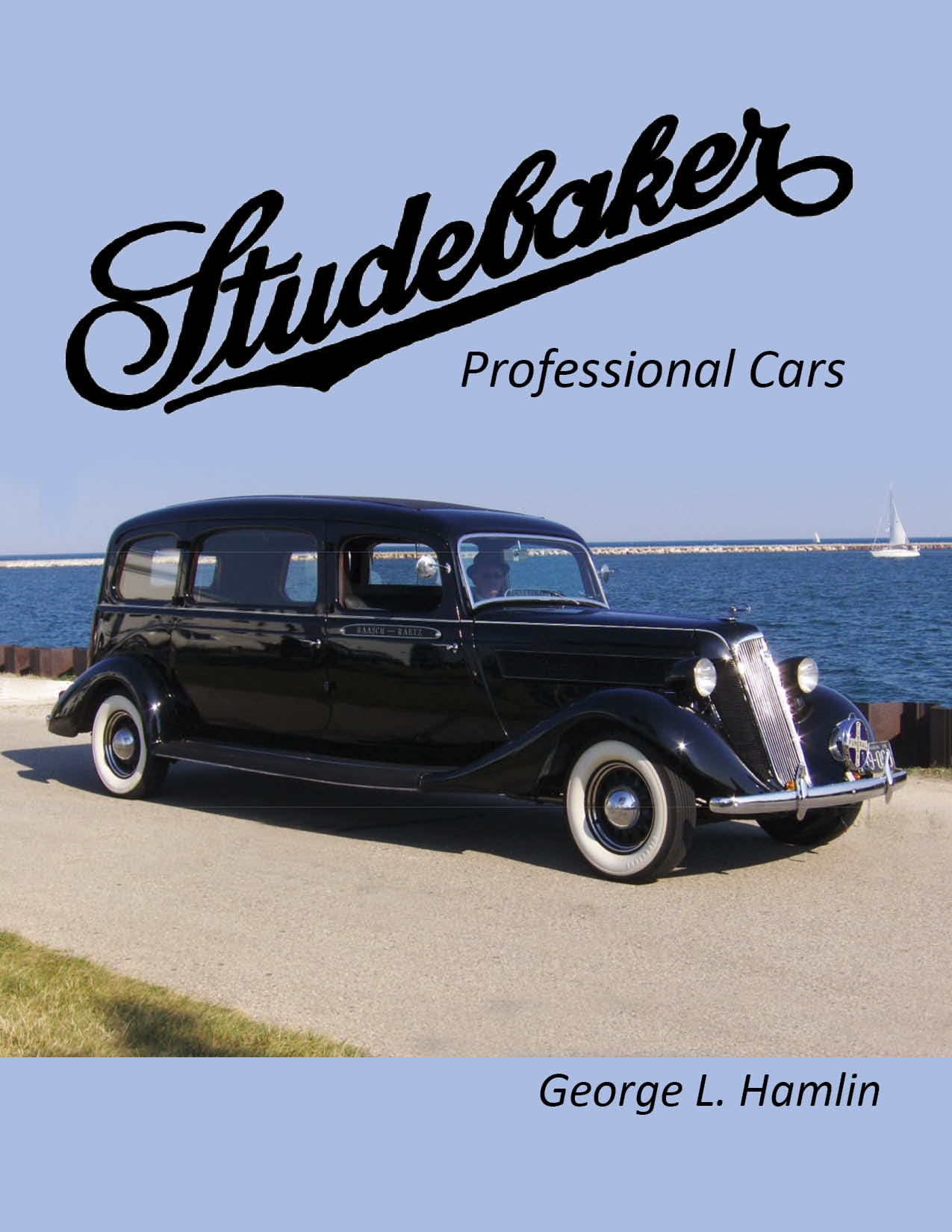
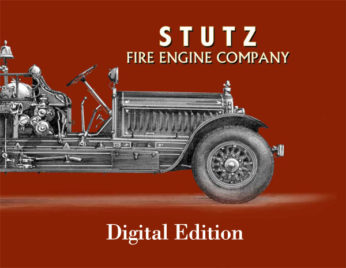
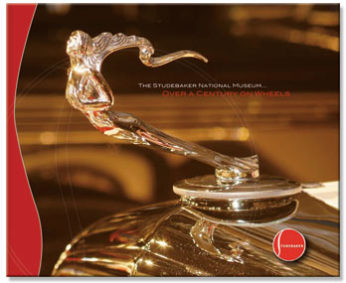

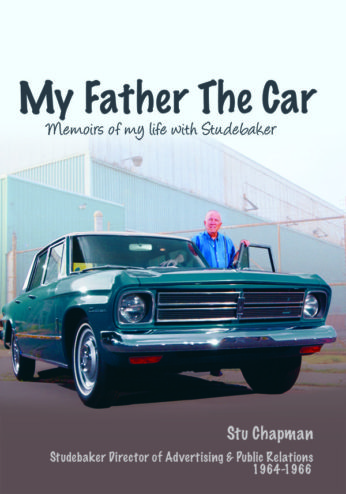
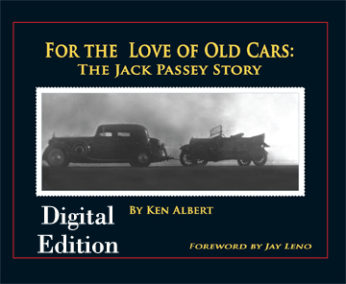
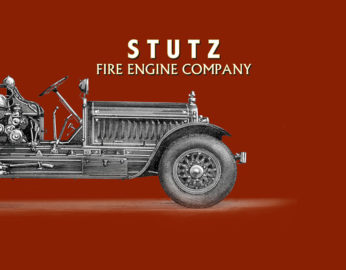
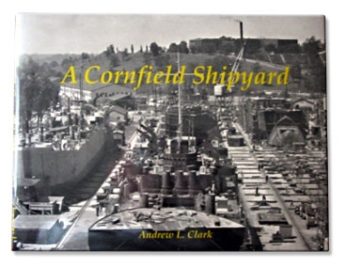
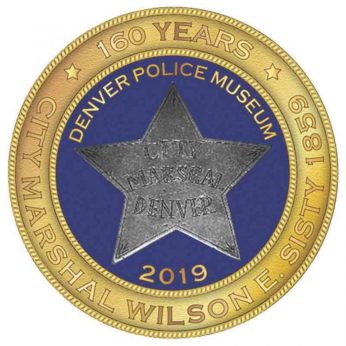
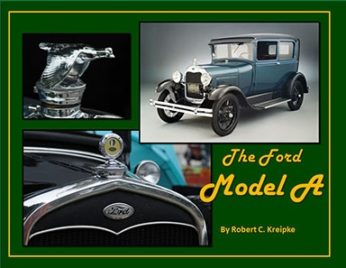
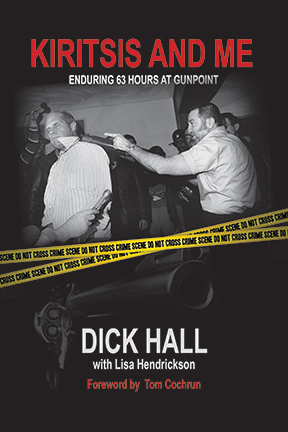
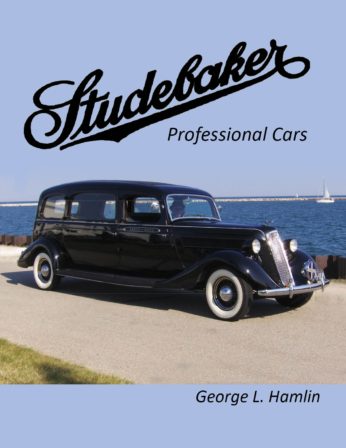
Professional Car Collector – September 2019 (verified owner) –
As appeared in Professional Car Collector Magazine- September 2019
A Must-Have For Your Professional Car Library.
George L. Hamlin is a technical writer who found an early interest in professional cars, both for the craftsmanship involved in making them and for what he calls the “magic” involved in putting a passenger car in one end of a factory and reaping something entirely different out the other end. His just-published book entitled “Studebaker Professional Cars” is what we consider a land mark achievement in automotive journalism
Since the 1970s, perhaps the most well-known publisher of exceptional books on the professional car hobby has been PCI member Thomas A. McPherson. His most notable works have the definitive histories of Flxible, Eureka, Miler-Meteor, Superior, the Henney Motor Company, and of course, the “bible” of the hobby, American Funeral Cars and Ambulances Since 1900. The size of his publications, the hard-bound quality and the vast information contained within each book has made them exceptional values that continue to appreciate with the passage of ti me.
Unfortunately, upon examination most other publications (many of which have been authored by some well-known and respected historians) do not come close by any comparison to any of the McPherson books. That is, until now.
George L. Hamlin has just released his book on Studebaker Professional Cars, and after reviewing his book, we found it to be impressive. Rather than just a bunch of photos with captions, this book is loaded with history and information in the same vein as the McPherson books. Hamlin doesn’t cover the complete history of Studebaker. Rather, he concentrates solely on the professional car side. And he does a great job of it. The following is an example of the plethora of information that Hamlin shares with the reader.
Studebaker’s position in the vehicles industry-at one point, it was the world’s largest vehicle manufacturer-ensured that it would enter the manufacture of hearses, ambulances and limousines. Largest it may have been, but first in automobile production, not quite. There was international skepticism in South Bend about the future of the “rich man’s toy”, and John Mohler Studebaker was numbered among the skeptics. Nevertheless, he kept an open mind, and son-in-law Frederick Fish kept raising the issue, reportedly giving Mr. Studebaker demonstration rides atop the firm’s main buildings in South Bend. Eventually J. M. agreed to enter the market cautiously: by putting bodies on an electric-car chassis for 1902 (Thomas Edison, no stranger to electric gadgets, was an early customer). But electric cars had their limitations, and in 1904, Studebaker entered the gas-buggy business, though again cautiously, by bodying the Garford product. The result was initially marketed under both names, as a Studebaker Garford; and was successful enough to spawn 60 years of automotive products from South Bend and affiliated factories around the world.
Hamlin omits Pierce-Arrow products for the time period spanning from 1929 to 1933 even though Studebaker owned the company during those years. This was done partially because there was little crossover between the two brands. Likewise, he did not include any history of Packard vehicles, though Packard bought Studebaker in late 1954. As in the case of Pierce-Arrow, there was no crossover of professional cars. Packard’s hearse, limousine and ambulance supplier (Henney) did not produce any vehicles after 1954. The only professional Packard manufactured during the merged period was one formal 1955 Packard Patrician sedan by Derham, though there were Dutch conversions done during 1955 and 1956. The V-8 Packards could not be readily stretched, owing to their front-to-rear interconnected Torsion-level suspension.
The photo quality of the book leaves much to be desired when compared to McPherson’s books, but then again, McPherson had access to thousands of crisp, clear factory photos when he wrote his book – There was also massive resource material available given the wide spectrum of professional cars built by all of the manufactures Hamlin deals with just one chassis marquee: Studebaker. However, he does of a fine job of uncovering whatever photos are out there within the public domain and private collections, and the information and history that he provides more than makes-up for the lack of high-quality photographs.
This book is definitely worth buying and should be a part of any serious professional car aficionado’s library.